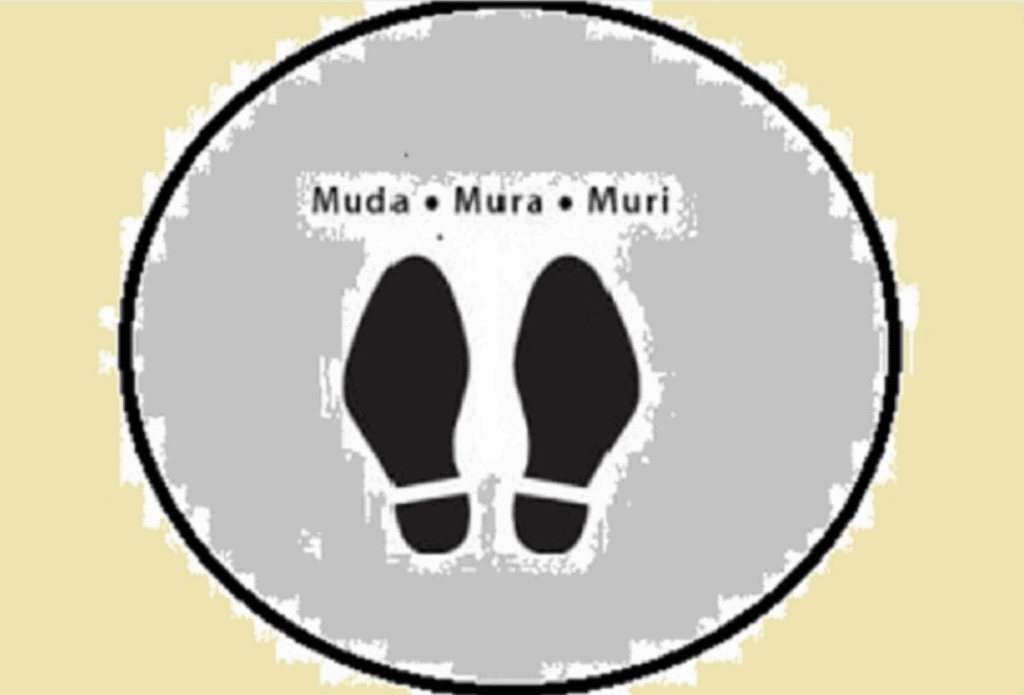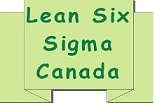
Among many other things, Taiichi Ohno is known for his chalk circle (so called Ohno circle) and categorizing the seven wastes (muda). In the late 40’s, Ohno engineered the Toyota production system, which is mainly based on eliminating or reducing waste and inventory levels. He was brilliant in his approach on sharing his teachings, by engaging his managers and students in many exercises.
One of them was to stand in a circle (Ohno Circle). During this exercise, Ohno would take the manager, for example, to the shop floor, draw a chalk circle on the floor, then have them stand inside the circle and observe an operation. He would just say “Watch” and leave for a few hours.
When coming back he would ask “What do you see?”. If they identified the issue Ohno had noticed, then the exercise was over. If not, he would say “Watch some more.” This would continue until they saw the same problem Ohno had seen. This simple exercise was developed to help his managers and students learn to detect the seven types of waste and improve the processes by eliminating wasteful activities, such as:
1. Overproduction – producing more than what’s actually needed
2. Waiting – delay or time spent in a queue with no value being added
3. Transportation – moving raw material, parts or products unnecessarily
4. Over-processing – adding more value to a product or service than the customer actually requires
5. Inventory – more product on hand than the customer requested
6. Motion – unnecessary movement or action performed
7. Correction – inspection, rework or scrap.
Is Ohno Circle a myth? Check this Association for Manufacturing Excellence – AME article. The circle might have been a myth, however the teachings on how to constantly observe and eliminate waste are more real than ever, in today’s competitive business environment.
A few interesting quotes by Taiichi Ohno:
“Costs do not exist to be calculated. Costs exist to be reduced.”
“All we are doing is looking at the time line, from the moment the customer gives us an order to the point when we collect the cash. And we are reducing the time line by reducing the non-value adding wastes.”
“When you go out into the workplace, you should be looking for things that you can do for your people there. You’ve got no business in the workplace if you’re just there to be there. You’ve got to be looking for changes you can make for the benefit of the people who are working there.”
“Having no problems is the biggest problem of all.”
